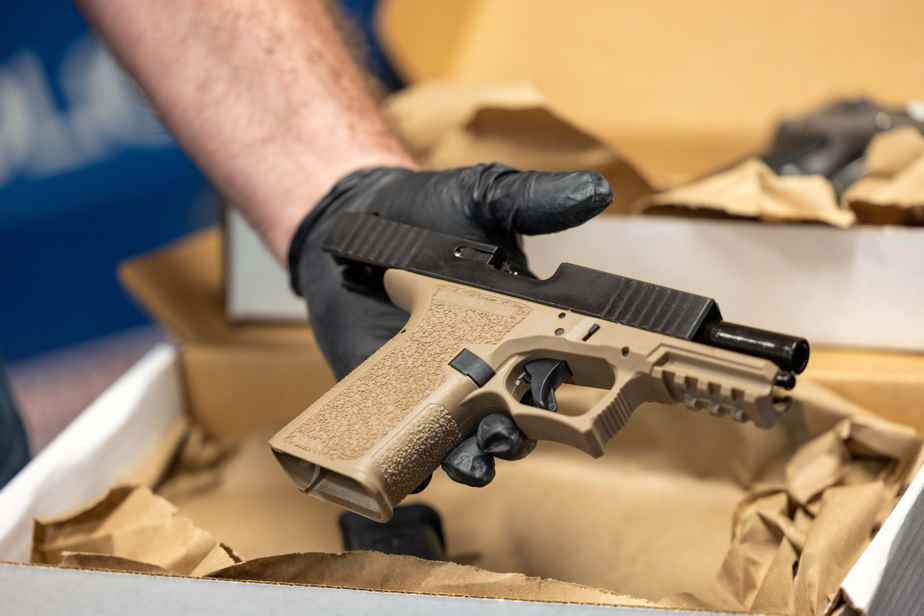The withdrawal of the two amendments aimed at banning “military-style assault weapons” is not surprising. The government made two mistakes. He first tabled them at the end of second reading and, above all, the definition he intended to use was rather complex.
In order to clarify the debate, a definition rooted in the technical reality of firearms (AAF) is needed, which will avoid the semantic slippages that are the expressions “assault weapons” and “hunting weapons”.
There are two categories of AAF: handguns and long guns. Handguns are held by first placing the control hand that is used to shoot around the grip and then the support hand. These weapons can be used with one hand. Revolvers are equipped with a rotating cylinder containing several ammunition. Each time the hammer is raised, the cylinder rotates and places new ammunition in front of the firing pin. The weapon is loaded by manually inserting ammunition into each of the spaces in the cylinder. Pistols can be semi-automatic or automatic, which will be discussed later. Suffice it to say that these have a magazine inserted into the stock and the ammunition is pushed by it past the firing pin rather than by the action of the person firing.
Long guns are held by placing both hands in different places on the gun (control hand very close to the trigger and support hand usually further to the front of the gun). They are generally equipped with a butt which is placed under the shoulder to fire.
The AAFs work almost all the same way. Once the weapon is loaded with one or more ammunition, the person pulls the trigger, which triggers a mechanism by which the firing pin strikes the primer, which ignites the chemical compound contained in the cartridge. The ignition of this propagates to the powder which produces gases which are compressed in the chamber and throughout the barrel, which ultimately propels the projectile.
A longer barrel gives greater range since the projectile is pushed longer. The inside of the barrel of some weapons is smooth while in others it is ribbed. The ridges create a gyroscopic motion that increases the accuracy and velocity of the projectile. Some projectiles have a speed exceeding the speed of sound and therefore do much more damage, because the tissues and bones with which they collide then explode by cavitation rather than being penetrated. Subsonic projectiles are less damaging and are especially used by law enforcement.
The main AAF families are distinguished by the firing mechanism. The mechanism makes it possible to carry out a complete firing cycle, either firing and then reloading. There are two types of mechanisms, manual and self-loading (self loading).
A manual system allows a complete cycle only if it is activated by the action of the user: he must perform a gesture in order to extract the empty casing from the chamber to introduce a new one. Long guns have several manual systems. A lever can be on or under the barrel. It can also be a pump system that extracts new ammunition from a tube usually located under the barrel. The weapon can also be opened to insert new ammunition.
The self-loading systems that have made headlines in recent weeks recover part of the energy released by the ignition of the chemical compound that propels the bullet. The ejection of the empty casing is done immediately after firing. New ammunition is extracted either from a detachable magazine as in the case of the M14, or from inside the weapon, as in the SKS.
Self-loading systems are either automatic or semi-automatic.
Automatic weapons, prohibited in Canada, fire as long as the trigger is pulled and there is ammunition left in the magazine. A semi-automatic weapon fires every time the trigger is pulled.
In both cases, the firing cycle takes place without the action of the person firing and more quickly than with a manual system.
If the government’s objective is to reduce the risk of future mass killings by removing such weapons from the Canadian market, it must categorize them according to their firing mechanism rather than by questionable and circumventable definitions. Such a categorization will also avoid having to maintain a long list of models, the industry having always played on the dotted line of the law to sell its possible production.

